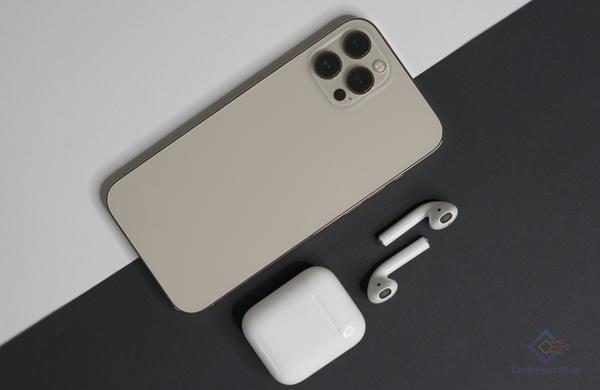
Apple’s latest release, the iPhone 15, has made headlines not only for its cutting-edge features but also for the significantly increased cost of its components. While the bill of materials (BoM) is just one part of a smartphone’s overall production costs, it plays a crucial role in determining the final retail price. In a teardown analysis conducted by Nikkei, the BoM for the iPhone 15 Pro Max stands at $558, representing a substantial 12% increase over the previous model, the iPhone 14 Pro Max.
Rising Component Costs
Titanium and Aluminum Chassis: One notable contributor to the increased BoM is the chassis, made from a combination of titanium and aluminum. The cost of this alloy chassis has surged by 43% compared to the stainless steel used in the iPhone 14 Pro Max.
Advanced Chipset: Apple’s A17 Pro chipset, manufactured using a cutting-edge 3nm process, costs 27% more than the A16 Bionic used in the previous model.
Enhanced Display: The iPhone 15 boasts an ultrathin display with slim bezels, which, while visually striking, adds 10% to the overall component costs.
Revamped Camera System: The rear camera system, featuring a “tetraprism” periscope, is 3.8 times more expensive to produce than the previous camera module.
Also Read: Review of the iPhone 15 Pro Max: Unpacking Apple’s Latest Offering
Variants and Their Costs
The cost increases aren’t uniform across the iPhone 15 lineup. The iPhone 15 Pro Max’s components are 12% more expensive to produce than its predecessor. The iPhone 15 Pro, a more affordable option, still sees an 8% increase in component costs compared to the iPhone 14 Pro.
However, the steepest rise, at 16%, is attributed to the standard iPhone 15 model, with a BoM of $423. The iPhone 15 Plus falls somewhere in between with a 10% increase in component costs.
Justifying the Costs
These cost escalations shouldn’t come as a surprise to Apple enthusiasts. The iPhone 15 introduces various innovations, such as the Dynamic Island and a new 48-megapixel camera sensor, warranting higher component expenses. Furthermore, considering Apple’s large-scale production capabilities, costs are likely to decrease over time.
Additionally, the significant expenses in research and development, which don’t factor into component costs, will be recouped as these innovations drive sales. It’s also crucial to note that component costs don’t encompass assembly, distribution, and marketing expenditures.
Retail Pricing and Profit Margins
Despite the increase in component costs, Apple continues to maintain competitive pricing for its iPhone 15 models. For example, the iPhone 15 Pro Max starts at $1,199 in the United States. Even with a higher component cost of $558, when accounting for other expenses, Apple is expected to maintain a comfortable profit margin.
Also Read: Google Unveils the Pixel Watch 2: A Comprehensive Preview
Conclusion
Apple’s decision to invest in cutting-edge technology and innovative features for the iPhone 15 has resulted in increased component costs. While these higher costs are likely to be absorbed through economies of scale and continued sales, consumers can expect the same level of quality and innovation that Apple is renowned for, even if it comes at a slightly higher price point. The iPhone 15 series showcases the company’s commitment to pushing the boundaries of technology and delivering exceptional products to its customers.

Leave a Reply